-
FREE MEMBER
NO Posting or PM's Allowed

Need opinions on Rock Island 1903...
-
03-15-2009 07:09 PM
# ADS
Friends and Sponsors

-
Advisory Panel


The rifle is a parts queen.
The stock is from a 1918 Springfield Armory rifle. The trigger is from a pre-1911 rifle. The magazine cutoff is from a pre-WWI rifle. The Rear Sight Fixed Base appears to be a replacement. The receiver and bolt sleeve are refinished. The rear sight is a replacement. The handguard is a clever fake.
And that's just what I can see. I'm confident that what I can't see is equally mixed.
Hope this helps.
J.B.
-
-
FREE MEMBER
NO Posting or PM's Allowed

John,
Thanks for the reply. I know that he's gonna be a little disappointed, but that's the chance he took when he traded for it. I know he doesn't have a whole lot in it ($450), so that might soften the blow a little.
Thanks again!
Mike
-
Advisory Panel



Originally Posted by
tinbender

John,
Thanks for the reply. I know that he's gonna be a little disappointed, but that's the chance he took when he traded for it. I know he doesn't have a whole lot in it ($450), so that might soften the blow a little.
Thanks again!
Mike
If he only has $450 in it, then he has no grounds to complain or feel shortchanged. The rifle is an outstanding buy at that price. If it were any nicer, he would be guilty of a criminal act!
J.B.
-
Thank You to John Beard For This Useful Post:
-
FREE MEMBER
NO Posting or PM's Allowed

WES stands for W.E. Strong & his cartouche may be found on Colt M1911 Pistols & M1903 Rifles 1909-1918.
The S/N dates to 1907 which makes it a Low Number (below 800000) Single Heat Treatment receiver. See ViShooters excellent website, http://vishooter.home.att.net/m1903.html
The bolt appears to have a staight handle which most probably makes it a SHT bolt. What markings are on the bolt handle or safety lug? John Beard has an excellent chart on ViShooter's website that allows you to date your bolt. Few straight handle bolts have the improved, Double Heat Treatment. The best known DHT bolt with a straight handle is marked "J 5" on the safety lug. But, the "J 5" bolt bears the distinction of bridging the transition from straight to swept handle.
has an excellent chart on ViShooter's website that allows you to date your bolt. Few straight handle bolts have the improved, Double Heat Treatment. The best known DHT bolt with a straight handle is marked "J 5" on the safety lug. But, the "J 5" bolt bears the distinction of bridging the transition from straight to swept handle.
Since the receiver & bolt have the SHT, most people consider them unsafe or at least have an increased risk of shattering when fired. This has been discussed on CSP at length several times. To sum up the discussion, some LN receivers were heated too hot during manufacture to the point the steel was burned and the grain structure affected. The burned steel is brittle. No definitive way is known to identify what receivers were burned and which were not and thus determine how strong any particular receiver is and which are likely to fail. The problem is the marginal strength of burned steel. Its strength is reduced but is adequate for a round of ball ammunition. But, if a cartridge has a pierced primer or splits on firing, the force of the gas escaping into the action exceeds the strength of the steel and causes the receiver to shatter or blow up. These receivers are known as Single Heat Treatment (SHT) receivers; later ones were double heat treated (DHT) or nickle steel (NS) and are much stronger.
at length several times. To sum up the discussion, some LN receivers were heated too hot during manufacture to the point the steel was burned and the grain structure affected. The burned steel is brittle. No definitive way is known to identify what receivers were burned and which were not and thus determine how strong any particular receiver is and which are likely to fail. The problem is the marginal strength of burned steel. Its strength is reduced but is adequate for a round of ball ammunition. But, if a cartridge has a pierced primer or splits on firing, the force of the gas escaping into the action exceeds the strength of the steel and causes the receiver to shatter or blow up. These receivers are known as Single Heat Treatment (SHT) receivers; later ones were double heat treated (DHT) or nickle steel (NS) and are much stronger.
-
FREE MEMBER
NO Posting or PM's Allowed

No
You need to check your SN chart. You have given the correct date for a Springfield receiver... this is Rock Island and is serial-ed well past LN receiver issues.
-
FREE MEMBER
NO Posting or PM's Allowed


Originally Posted by
Kirk

WES stands for W.E. Strong & his cartouche may be found on Colt M1911 Pistols & M1903 Rifles 1909-1918.
W. E. Strong was a provisional inspector at Colt for a brief time in 1916. The letter S will be found on the receiver, slide, and barrel of those pistols, but the pistols themselves will have the cartouche of Major Gilbert H. Stewart.
 Information
Information














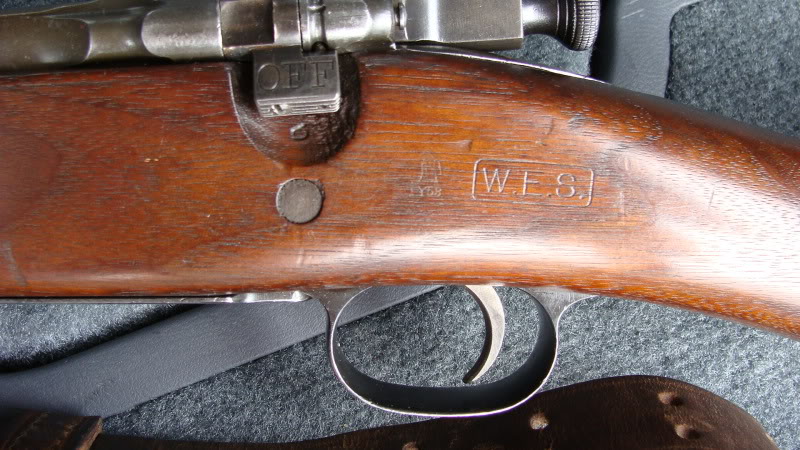
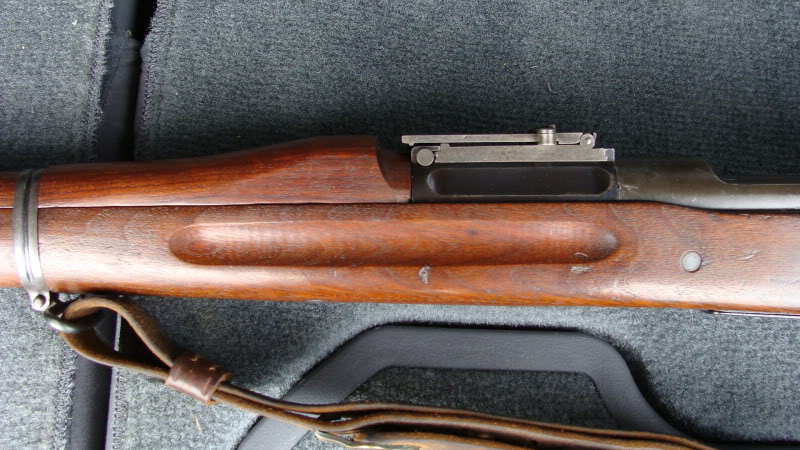
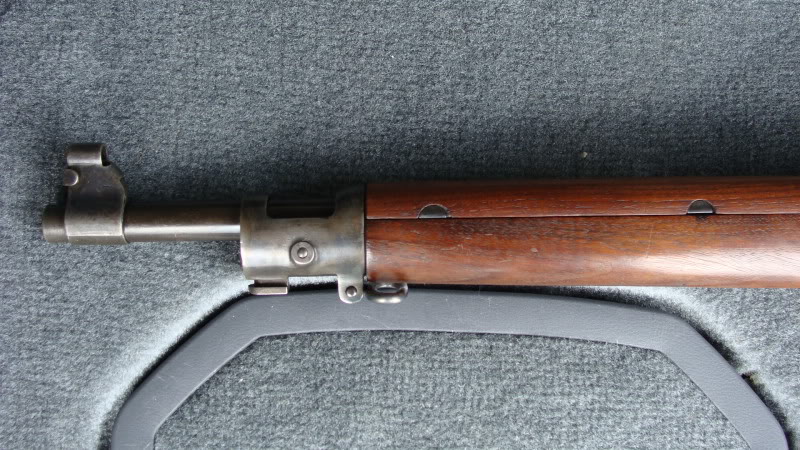
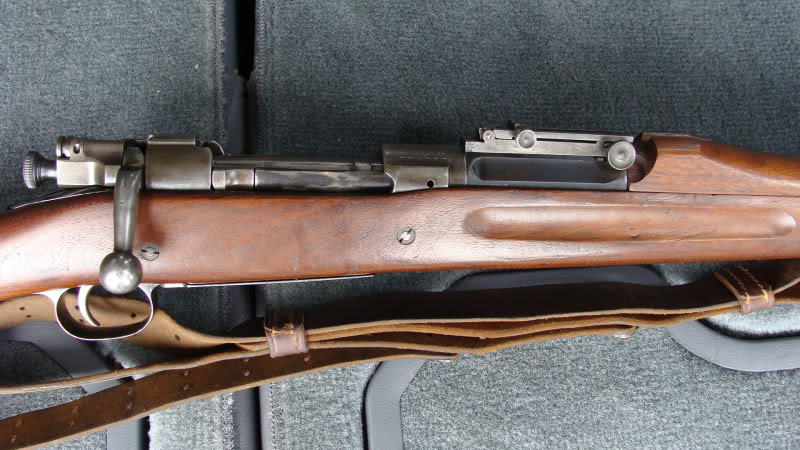
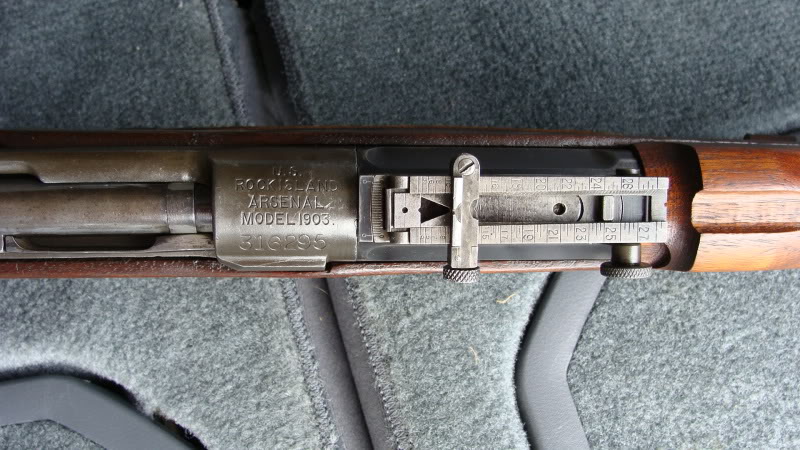
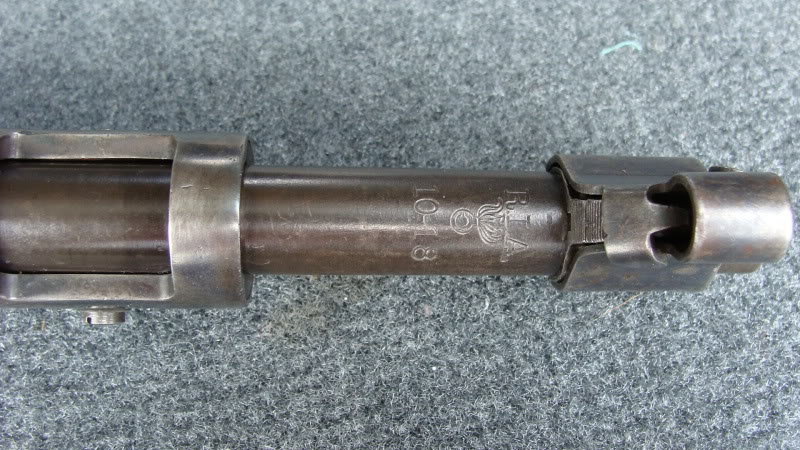
 Register To Reply
Register To Reply










